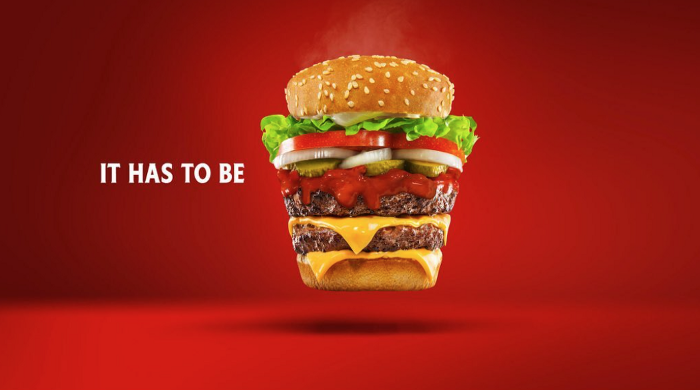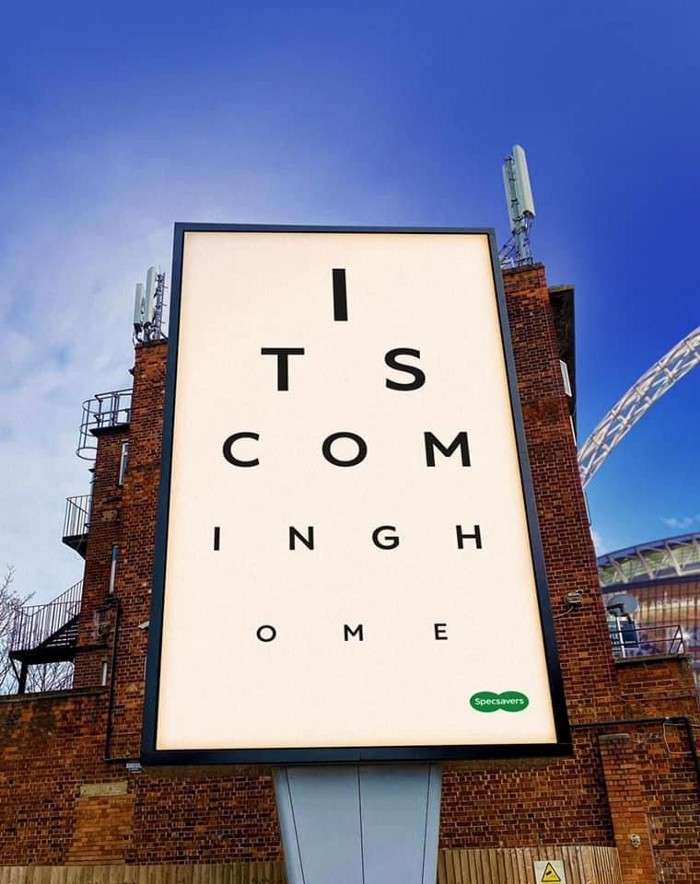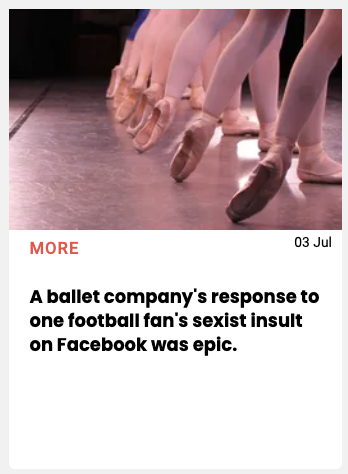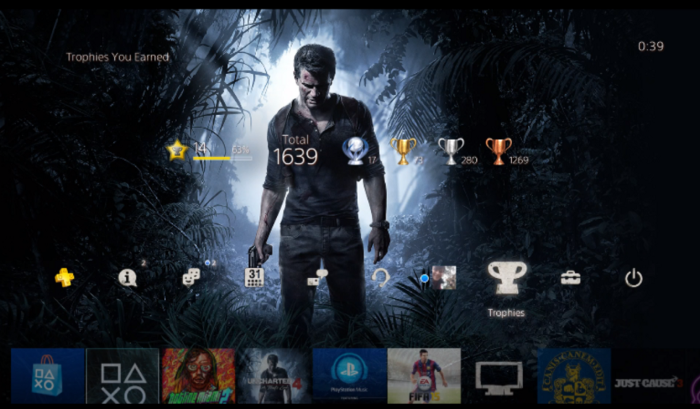Are you a Game of Thrones fan? If you’re not familiar with the show’s history, the much-anticipated final season was released after a two year break. In the previous season, writers had created shocking cliffhangers and plot twists. Fans couldn’t wait to find out what happened, but had to wait two years to get answers.

Source: Adobe Stock
Famously, the last season went wrong, and most fans were left disappointed and angry at the resolution of the series. Fans were so upset by the final season they started a petition to have it rewritten by “competent writers.”
But what does Game of Thrones have to do with psychology and customer experience? Well, I’d argue the last season flopped was because writers didn’t pay off the plot twists they introduced — and after two years of waiting, fans’ need to satisfy their curiosity had reached a fever pitch. When the last season was a letdown, fans’ disappointment turned to rage.
Why do cliffhangers and curiosity affect us so much? It down to a psychological principle called the Zeigarnik Effect.
What is the Zeigarnik Effect?
The Zeigarnik Effect is the unconscious urge to finish what we’ve started, even if we’re not particularly interested in the work. This concept was first introduced by Russian psychologist Bluma Zeigarnik. She found that people remembered unfinished tasks better than completed ones.
Zeigarnik Effect definition: People remember unfinished tasks better than finished ones.
Not only do people remember these unfinished tasks, but they also experience greater psychological tension before starting an unfinished task than after it has been completed. And once the task is finished, people experience psychological relief.
People are fascinated by incomplete information and tasks. And just like the cliffhangers in Game of Thrones, if that incomplete information isn’t paid off in a satisfying way, people get upset.
What does this mean for customer experience? Well, think of the Zeigarnik Effect as the science of curiosity — using it can catch people’s attention, help increase recall of your experience, and increase customer engagement.
How to Apply the Zeigarnik Effect
In marketing and customer experience, we can use the Zeigarnik Effect to catch people’s attention or nudge them to complete a purchase. There are three main ways to do this:
- Ask customers to “fill in the blanks.”
- Capture attention with a cliffhanger.
- Design an experience that rewards completion.
1. Ask customers to “fill in the blanks.”
To capture a customer’s attention using the Zeigarnik Effect, it pays to leave something to the imagination. Creating an ad that leaves out vital information can stop them in their tracks — they want to figure out a message that’s alluded to instead of being spelled out.
For example, can you guess the iconic brand alluded to in the ad below?

Source: Rethink
That’s right, it’s an ad for Heinz ketchup. Did you recognize the iconic keystone shape made by the burger? This use of the Zeigarnik Effect drives curiosity by leaving out key copy, “Heinz ketchup”. We want to figure out what might finish the sentence, “It has to be…”
Did you recognize the iconic keystone shape of the Heinz logo? This use of the Zeigarnik Effect drives curiosity by leaving out the words “Heinz ketchup” and instead representing it with a sculpted burger. When people see the incomplete sentence (“It has to be….”), psychological tension begins to build. We naturally want to satisfy this curiosity, so our brains start working out what words the burger might represent.
Another example of the Zeigarnik Effect at work is in this ad from British optometry brand Specsavers.
Specsavers have applied incomplete information brilliantly with their ad that celebrates England potentially winning the 2021 Euro Football Tournament. For those of you who aren’t football/soccer fans, this spells “It’s coming home” (“It” being the championship and “home” meaning England).

Source: Specsavers on Twitter
This ad shows how we can apply the Zeigarnik Effect even if we include all the information. In this example, complete information is presented in an incomplete way. Even though all the letters are present, they’re a puzzle to put together into words, and ultimately the final message.
2. Capture attention with a cliff hanger
One of the most common ways to apply the Zeigarnik Effect is by presenting cliffhangers for customers, sometimes called clickbait. A click-bait headline leaves out crucial information that drives curiosity. Customers have to click the headline to resolve the psychological tension.
For example, Upworthy’s headline “A ballet company’s response to one football fan’s sexist insult on Facebook was epic.” Because the headline doesn’t spell out the insult, it could be considered clickbait.

Source: Upworthy
BuzzFeed is probably the best known example of using clickbait to drive web traffic. About 63% of its headlines were deemed to be clickbait in a 2014 analysis, and you can still see this tactic at work on Buzzfeed’s site today.
I’ll leave it up to you to determine where “driving curiosity” ends, and click-bait begins. But know that while this can be an effective way to drive clicks, views, and opens, too much clickbait will eventually turn off customers. Make sure to use this application of the Zeigarnik Effect sparingly. And ethically.
3. Design an experience that rewards completion
If you want to apply the Ziegarnik Effect to a customer experience, setting up rewards for completing tasks or games can help drive engagement.
For example, PlayStation makes it possible for users to “platinum” a game. That means users have completed enough of the difficult and high-value tasks set out in the game to get a rare reward — in this case, a virtual platinum trophy.

Source: Playstation
Without a virtual reward, users wouldn’t have incomplete tasks to complete. Users would be more likely to abandon games they haven’t finished (or platinumed) because there’s no reward to create psychological tension. The effectiveness of gamification elements like trophies is down to a combination of different psychological principles, like the Goal Gradient Effect, extrinsic motivation, the Zeigarnik Effect, and more.
🚀 Learn what makes buyers tick
Join 8k+ of world's best marketers from brands like Disney, Coca-Cola, Google who are learning marketing psychology in <5 mins a week.
Zeigarnik Effect: The Bottom Line
The Zeigarnik Effect is easy to abuse, so use it sparingly. There are two ways you can potentially cross the line when applying it:
- Overuse: Applying this effect too much will irritate your audience or not providing enough payoff for your cliffhangers, teasers, or other unfinished emotions.
- Unsatisfying payoffs: If you create curiosity without a satisfying payoff, you run the risk of disappointing people (just like the final season of Game of Thrones). Make sure the reward is worth the effort, or you might have some angry fans — or users — on your hands.
If you want to apply the Zeigarnik Effect, starting by asking yourself:
- Where are the moments in your customer journey where you most need to catch customers’ attention? Is there an opportunity to apply the Zeigarnik Effect to drive curiosity at that moment?
- Where in your journey would increased customer engagement benefit your brand the most? Are there opportunities to create psychological tension by leaving things “unfinished” — whether that’s by offering a reward, creating CX cliffhangers, or incentivizing users to complete an action with a discount or free gift?
